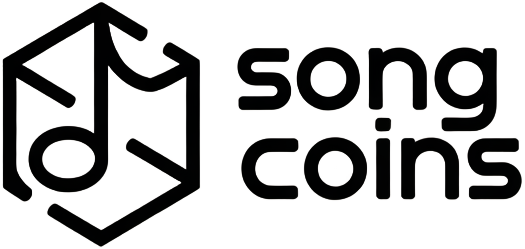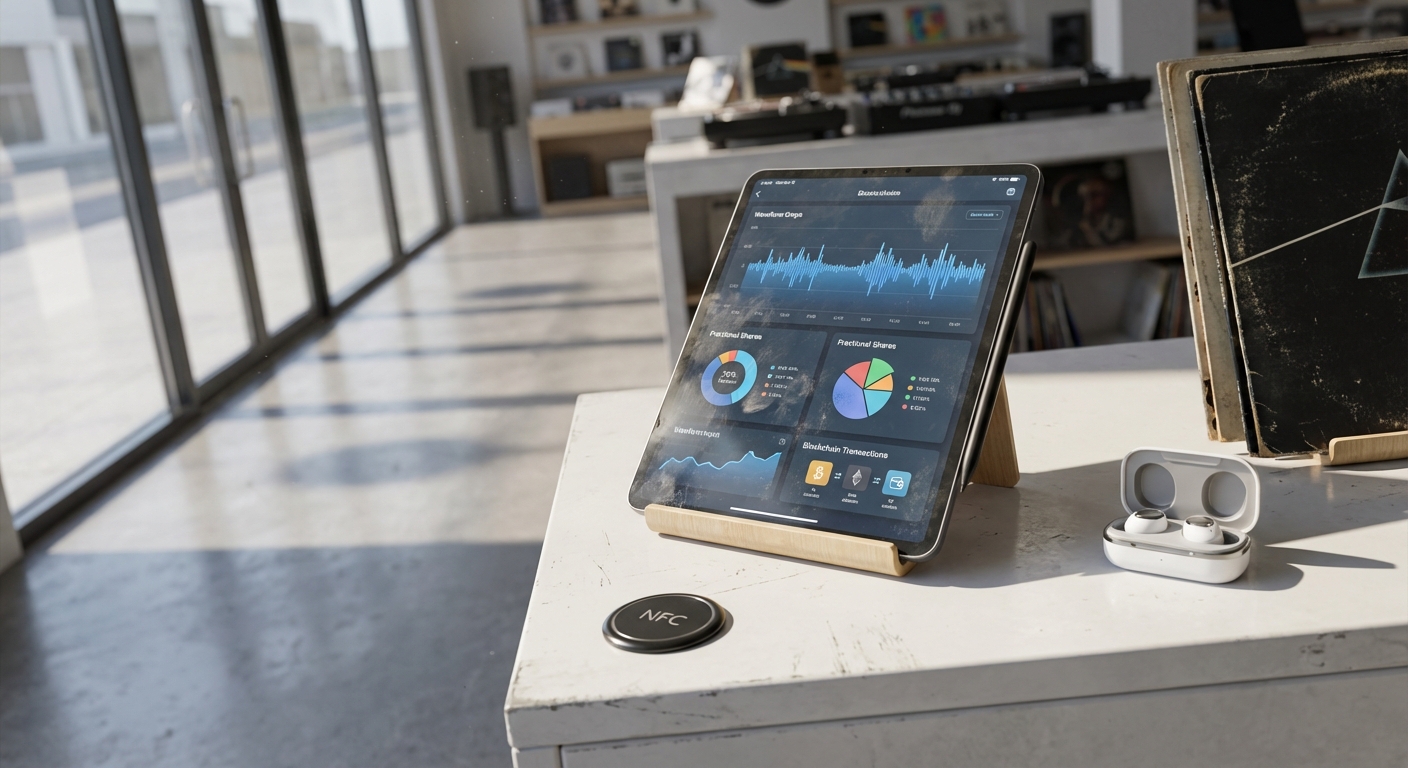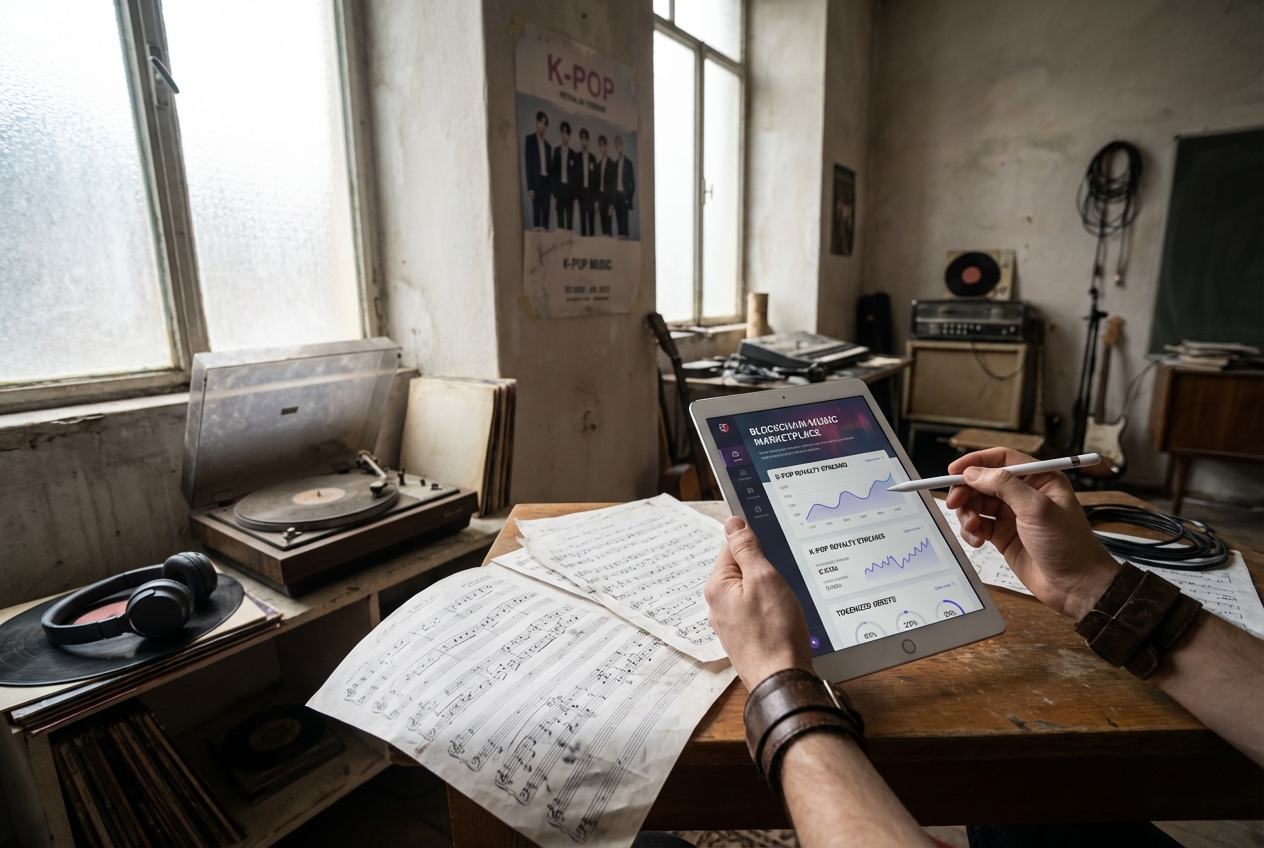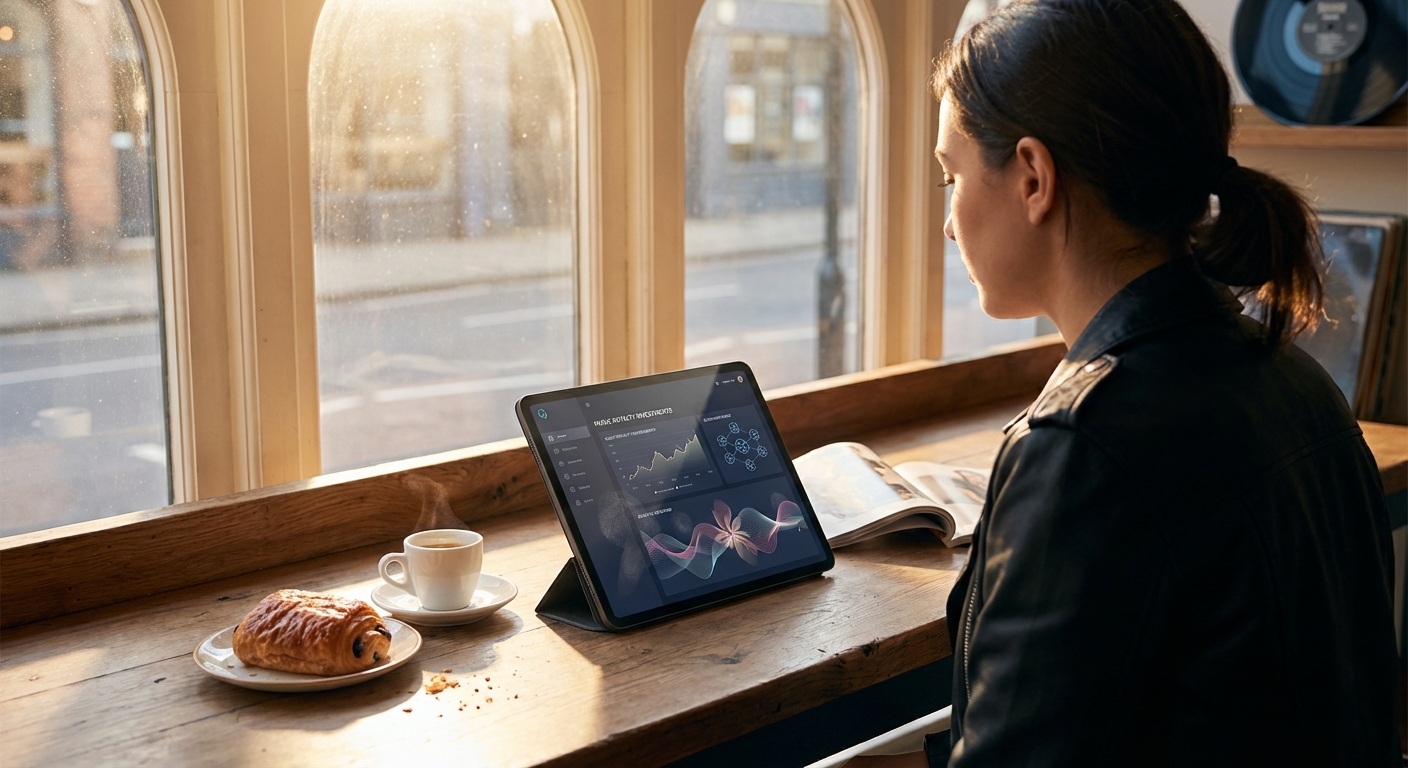
In the rapidly evolving world of music royalties and blockchain, Aria Protocol has emerged as a leader by enabling anyone to earn daily music royalties staking $APL. At the heart of this opportunity is $APL, currently trading at $0.9404, which gives investors exposure to streaming income from a curated portfolio of 48 global hits by artists like Justin Bieber, BLACKPINK, and BTS. By leveraging tokenized music rights on-chain, Aria Protocol transforms passive listening into an active yield strategy for both crypto natives and traditional music fans.
How Staking $APL Unlocks Daily Music Royalty Streams
The staking mechanism on Aria Protocol is elegantly simple yet powerful. When you stake your $APL tokens through the Aria web app, you instantly receive an equivalent amount of $stAPL. This token is your claim on the protocol’s royalty pool. As streaming revenue from the underlying catalog accumulates, Aria uses these funds to buy back $APL from the open market. The result: the exchange rate between $stAPL and $APL increases over time, reflecting your growing share of real-world royalty income.
This approach not only ensures transparent distribution but also aligns incentives between artists, fans, and investors. The more successful the music catalog becomes in generating royalties, the more valuable each staked position grows. And because royalty buybacks occur on a regular cadence, rewards are distributed in near real time – a significant upgrade over legacy royalty payment cycles that often take months or years.
The Mechanics: From Tokenized IP to Yield-Bearing Assets
Aria Protocol’s innovation lies in its ability to fractionalize rights to iconic songs and represent them as RWA (real-world asset) tokens on-chain. Each $APL token represents partial ownership in this curated catalog. By staking these tokens, holders gain exposure not just to price appreciation but also to a recurring yield stream derived directly from music consumption worldwide.
To access your accrued royalties, there are two primary paths:
- Unstake via Aria Web App: Convert your $stAPL back into $APL at the current exchange rate – which rises as more royalties are collected.
- Swap on DEX: Trade your $stAPL for $APL instantly on supported decentralized exchanges if you need liquidity without waiting for unstaking windows.
This flexibility makes it easy for participants to manage their positions dynamically based on market conditions or personal preference – essential for any serious digital asset investor seeking yield diversification.
$APL Market Performance: Navigating Volatility with Royalty Yield
As of today’s session (2025-10-29), $APL trades at $0.9404, with a modest 24-hour change of -0.006490%. The token has seen intraday volatility between a low of $0.9394 and a high of $0.9631. While price fluctuations are par for the course in digital assets, what sets Aria Protocol apart is its non-correlated return stream: regardless of short-term price swings, stakers continue earning based on actual streaming revenues flowing into the protocol’s treasury.
Aria Protocol (APL) Price Prediction 2026-2031
Professional outlook for APL based on royalty inflows, adoption, and evolving music IP markets
| Year | Minimum Price | Average Price | Maximum Price | Estimated % Change (Avg) |
|---|---|---|---|---|
| 2026 | $0.82 | $1.08 | $1.38 | +14% |
| 2027 | $0.97 | $1.32 | $1.68 | +22% |
| 2028 | $1.15 | $1.59 | $2.05 | +20% |
| 2029 | $1.30 | $1.85 | $2.44 | +16% |
| 2030 | $1.21 | $2.09 | $2.88 | +13% |
| 2031 | $1.14 | $2.31 | $3.33 | +11% |
Price Prediction Summary
Aria Protocol’s APL token is projected to appreciate steadily through 2031, primarily driven by expanding music IP portfolios, increased user adoption, and the platform’s innovative royalty-sharing model. While short-term volatility is expected due to broader crypto cycles, the underlying real-world asset (RWA) revenue and regular buybacks provide a strong foundation for price growth. Average annual growth is expected to moderate after 2028 as the platform matures, but upside remains significant if adoption or royalty inflows accelerate.
Key Factors Affecting Aria Protocol Price
- Growth in streaming and royalty revenue from iconic IP catalogues backing APL
- Wider adoption of music royalty staking among crypto investors
- Potential expansion into additional IP verticals (film, gaming)
- Market cycles and macroeconomic conditions affecting crypto
- Regulatory clarity around RWA tokens and music IP rights
- Competition from other RWA protocols and music NFT platforms
- Technological improvements increasing transparency, liquidity, and user experience
- Strategic partnerships with artists, labels, or streaming platforms
Disclaimer: Cryptocurrency price predictions are speculative and based on current market analysis.
Actual prices may vary significantly due to market volatility, regulatory changes, and other factors.
Always do your own research before making investment decisions.
This combination of capital appreciation potential and steady cashflow makes staking APL an attractive proposition for those seeking alpha beyond traditional DeFi yields or NFT speculation. And unlike most crypto projects where utility can be vague or speculative, here every token holder directly participates in a slice of global music IP monetization.
Risk management is also a critical consideration for prospective stakers. Since $APL’s underlying value is anchored in real-world royalty flows, its price is less susceptible to speculative bubbles compared to meme coins or non-yielding NFTs. However, the token’s performance will still reflect broader crypto sentiment and liquidity cycles, so sizing your position prudently remains essential. For those with a long-term outlook, reinvesting earned royalties or compounding by restaking can amplify returns as the catalog’s streaming footprint grows.

One of the most compelling aspects of Aria Protocol is its transparency and on-chain accountability. Every buyback event, royalty inflow, and staking metric is recorded immutably on the blockchain for anyone to audit. This level of clarity stands in stark contrast to legacy music rights deals, which are often opaque and slow-moving. With Aria, you can track your yield accrual in real time and make informed decisions based on hard data rather than industry hearsay.
Optimizing Your Yield: Strategies for Active Stakers
For users aiming to maximize their music royalty income, several tactical approaches can be employed:
- Monitor Royalty Buyback Schedules: Timing your staking or unstaking around major royalty distribution events may enhance effective yield.
- Leverage DEX Liquidity: Use decentralized exchanges for instant access to $APL liquidity if market conditions shift rapidly.
- Diversify Across Music IP Pools: As Aria expands its catalog beyond the initial 48 songs, consider spreading exposure across multiple pools for risk-adjusted returns.
The protocol’s roadmap includes support for programmable IP rights and new artist collaborations, meaning future staking campaigns could unlock even more diverse sources of yield as the ecosystem matures. For a deeper dive into how these mechanics work across different artist catalogs (including BTS and BLACKPINK), see our dedicated guide here.
The intersection of blockchain technology with global music IP is creating a new paradigm where fans become stakeholders in their favorite songs’ success. By staking $APL at today’s price of $0.9404, you’re not just speculating, you’re earning a daily share of streaming revenue from some of the world’s most iconic tracks. As this model scales and more catalogs are added to Aria Protocol, expect both institutional and retail demand for tokenized music royalties to accelerate.






